The black raspberry, also known as blackcap, blackberry, or dewberry, is a perennial plant from the Rosaceae family. It thrives in hardiness zones 4 through 8 and is primarily grown for its edible fruits. Although it is not widely cultivated commercially due to its relatively low yield, the black raspberry is prized in home gardens for its versatility and rich flavor.
The berries can be enjoyed fresh, frozen, or dried and are commonly used in purées, juices, and liqueurs. They also serve as a natural dye, valued for their deep, rich color. While less popular in large-scale farming, black raspberries remain a favorite among home gardeners and small producers for their unique taste and usefulness.
| Common name | Blackberry, Blackcap, Black Raspberry, Dewberry |
| Botanical name | Rubus occidentalis |
| Family | Rosaceae |
| Species | occidentalis |
| Life cycle | Perennial |
| Plant type | Edible |
| Hardiness zone | 4, 5, 6, 7, 8 |
| Sunlight | Full Sun |
| Maintenance | Low |
| Soil condition | High Organic Matter |
| Drainage | Moist but Well-Drained |
| Growth rate | Fast |
| Harvest time | Summer |
| Flowering period | Spring |
| Height | 3 ft. – 6 ft. |
| Flower color | White |
| Leaf color | Green |
| Fruit color | Black |
| Stem color | Brown, Copper |
| Fruit type | Drupe |
| Garden style | Native Garden |
| Uses | Woodland |
I. Appearance and Characteristics
Rubus occidentalis is a species of Rubus native to eastern North America. Its common name black raspberry is shared with other closely related species. Other names occasionally used include bear’s eye blackberry, black cap, black cap raspberry, and scotch cap.
The plant grows in disturbed areas, especially those that are logged or cut. It is also found in meadows, and near streams and lakes, trails or roadways. The native range of Rubus occidentalis extends as far east as New Brunswick, as far west as Nebraska, as far north as Quebec, and as far south as Mississippi.
Rubus occidentalis is a deciduous shrub growing to 2 to 3 metres (6.6 to 9.8 ft) tall. The leaves are pinnate, with five leaflets on leaves, strong-growing stems in their first year, and three leaflets on leaves on flowering branchlets. The flowers are distinct in having long, slender sepals 6 to 8 millimetres (0.24 to 0.31 in) long, more than twice as long as the petals. The round-shaped fruit is a 12-to-15-millimetre (0.47 to 0.59 in) diameter aggregation of drupelets; it is edible, and has a high content of anthocyanins and ellagic acid.
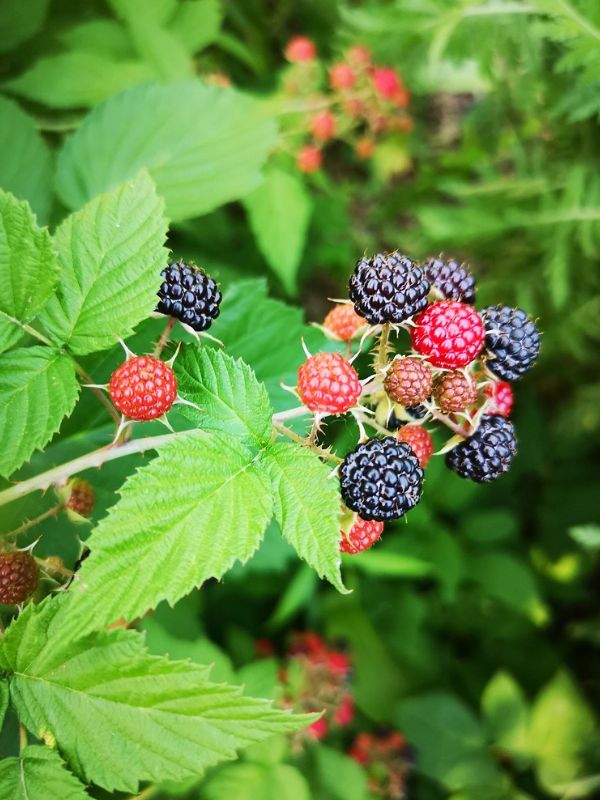
Long stems also called canes grow up to 1.8 metres (5.9 ft) in length, usually forming an arch shape, but sometimes upright. Canes have curved, sharp thorns, while immature canes are unbranched and have a whitish bloom.
The black raspberry is related to the red raspberry Rubus idaeus and Rubus strigosus, sharing the white underside of leaves, and fruit that readily detaches from the carpel.
II. How to Grow and Care
Sunlight
Black Raspberry will grow best in partial sun, as it is not very drought tolerant. Without access to moisture or rainfall, fruit may not develop. It can grow just fine in full sun as long as it has access to moisture.
While this plant can grow in quite shady conditions, the amount of fruit will be much less than sunnier conditions. Based on years of personal observation, the best sunlight conditions appear to be morning sun and afternoon shade. This provides ample sunlight for growth and fruit production while shading during the hottest afternoon temperatures, which further helps prevent drought.
Soil
For soil, fertile loam is the absolute best. But I have personally grown this plant in compacted infertile sandy loam.
For moisture, Black Raspberry will grow best in well-draining moist to medium-moist soil.
Fertilizing
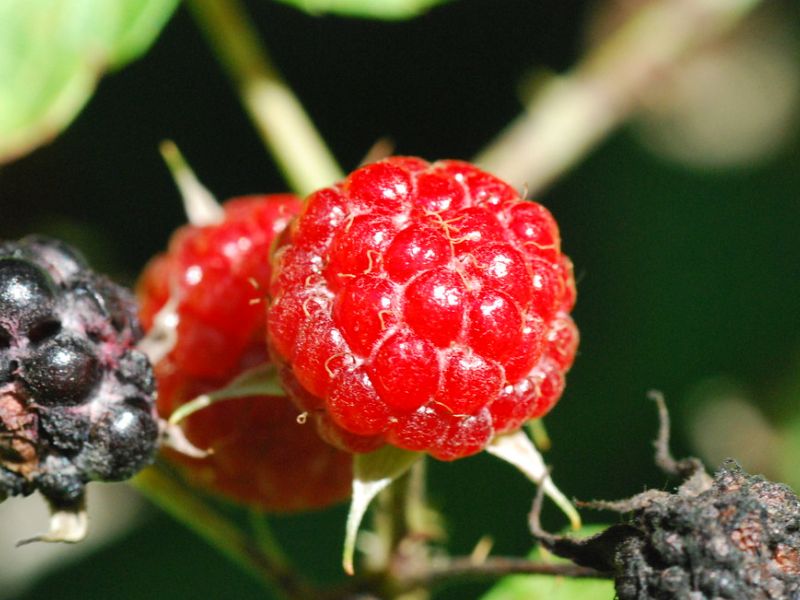
Black Raspberry should not require any supplemental fertilizer. A handful of compost applied each Spring around the canes would help it, but is not required. Black Raspberries would benefit most from long term soil building activities such as top-dressing with compost or applying a nice leaf mulch to naturally add nutrients.
Adding regular ‘over-the-counter’ or fertilizers that are high in nitrogen will not help with fruit production. And, in general, as a cane that lives two years, the cane is going to grow to a fixed length regardless of fertilizer. Your plants will benefit much more from soil building activities.
Propagation
- How to spread through rooting
One surefire way to gain new Black Raspberry plants is to simply root existing stalks in early Spring before buds have formed. A very easy method to double your plants is to bend a first year cane over and place the tip or part of the vine into dirt. Then, put a rock on top of it so that it makes good contact with the soil. New roots will form where this tip of the cane is in the dirt.
Just poking the tip of the young cane into the soil and making sure it is covered by dirt with a rock or something similar will ensure rooting. Doing this method ensures that you will have a new root stock isolated from the original. So, the following year it will sprout new canes and the cycle continues!
These roots are three weeks old after sticking a stem tip into a container with potting soil. It works, it is easy, and is a reliable method of propagating Black Raspberry.
Transplanting
Black Raspberry plants are one of the easiest plants to move around in the Spring. The purple canes are a dead giveaway to their location. And in early Spring they are dormant. Furthermore, their somewhat shallow woody roots mean you can easily dig them up and relocate them.
If you are going to move some plants, or spy some on a roadway, simply ask the homeowner if you are able to dig up a few for your own use. Since few people actually pick Black Raspberries, most would not mind as long as you don’t leave holes. So, bring a small bag of topsoil with you to fill in any holes.
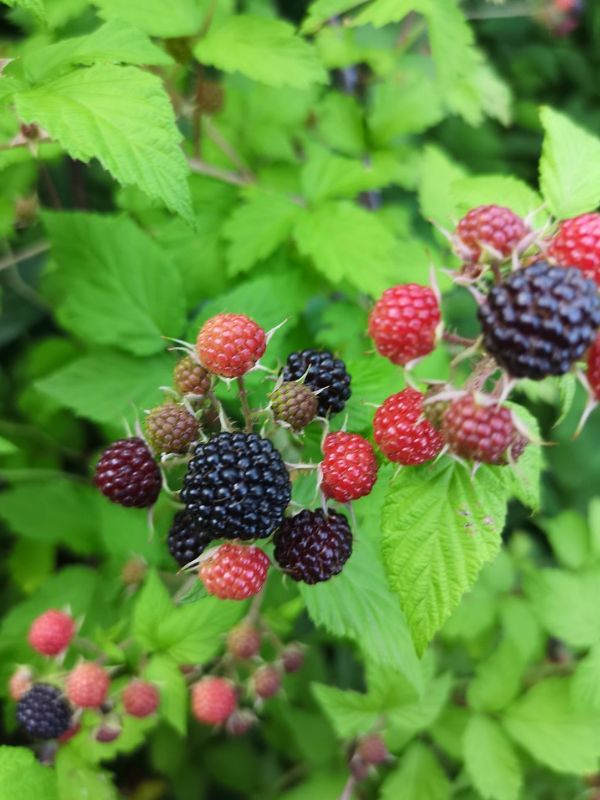
But to transplant them, simply bring some empty pots and a spade. Then, just dig a 3″ circle around the cane. Have your shovel at a 45-60 degree angle and pop out the cane. Place it, with the soil into an empty pot. Then, go home and plant your plant! It is that easy.
This method is how I gained most of my plants at my home. There is a powerline cut in my neighborhood owned by an HOA. I simply got permission, and my son and I went and relocated about 5 plants. Now we have about 20 plants in 3-4 years!
How to Grow from Seed
This specific species of raspberry, Rubus Occidentalis is notoriously difficult to grow from seed. Academic researchers consistently have trouble reaching germination rates greater than 10%. And, when they do secure germination it is often using methods not easily available to backyard gardeners such as Gibberellic acid and Potassium Nitrate. Many anecdotes also exist stating that it may take double dormancy (two warm moist periods followed by two cold-moist periods), or needs scarification.
Pests and Diseases
- Common Pests
There are numerous insects that will feed on the foliage and bore into the vines of Black Raspberry plants. These rarely overwhelm and kill a plant, and I certainly do nothing to stop them. But, notable pests would be stink bugs and aphids.
In reality unless you are farming Black Raspberry, you probably do not need to concern yourself with any of these pests.
- Common Disease
No significant diseases affect Black Raspberry plants.
Maintenance
For maintenance, fruit bearing stalks can be removed in Autumn. But it may be better to leave them up until warmer temperatures arrive in Spring or they naturally break off. Leaving at least 6″ of cane sticking above ground will protect any overwintering bees.
Also, you may need to keep this plant in check as it does like to spread. If canes are allowed to reach the ground, they will root. This may cause unwanted spreading. However, know that plants are easily relocated in Spring.
III. Uses and Benefits
- Garden Uses
One can use Black Raspberry as a hedge or bordering plant in front of a home. They do well on any side of a structure except the West, as in many climates the Western sun exposure can put too much of a moisture demand on the plant, leading to reduced fruiting.
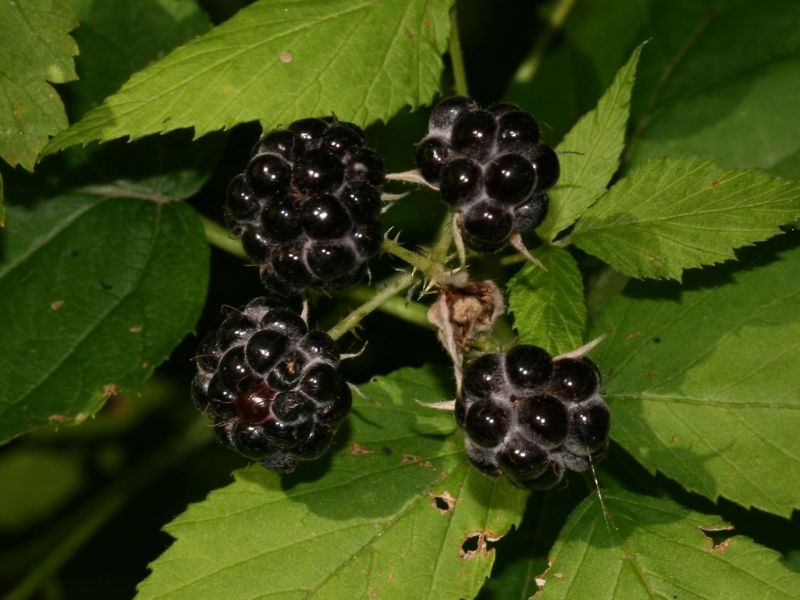
If you had an area you didn’t want people, or as a passive burglar prevention planting, Black Raspberry can fill that role. The thorns of Black Raspberry are tinier than other members of the Rubus genus, but they will still hurt and no person would want to walk through them to get in a window or something else. While at the same time, the berries will attract birds to right in front of a window. They won’t grow taller than 3-4′, as the canes will arch or grow horizontal. And, you can easily train them to grow where you want them to grow.
Black Raspberry makes a great border plant, at the edge of the woods, or in a ditch that gets some afternoon shade. This plant has a spreading nature, although it spreads via new canes making ground contact and from seed spread by birds or other animals.
- Companion Plants
For some flowers that share preferred growing conditions of Black Raspberry, try Red Bee Balm, Cardinal Flower, and Turtlehead. All share similar growing conditions preferences. They also would provide more color throughout the year.
Black Raspberry does play well with other plants, as it can be trained. But in a wild setting, one can use other fruit producing shrub/trees as boundaries to keep Black Raspberry in check. Some plants that would do a good job at this would be Gooseberry, Prickly Ash, Eastern Red Cedar, and Serviceberry.
- Health Benefits
There have been substantial preclinical studies on the effects of Black Raspberry in the form of a freeze dried powder, with indications that it can help prevent cancers of the mouth and esophagus. The berries have high concentrations of ellagic acid, which research has found to be anticarcinogenic and inhibit tumor growth.
Research has also found Black Raspberry contributes to health in that it can lower blood pressure, and be an integral component of a low-fat diet.
- Culinary uses
The berries are typically dried or frozen, made into purées and juices, or processed as colorants. Fresh berries are also marketed in season. Two well-known liqueurs based predominantly on black raspberry fruit include France’s Chambord Liqueur Royale de France and South Korea’s various kinds of Bokbunja-ju.
IV. Harvesting and Storage
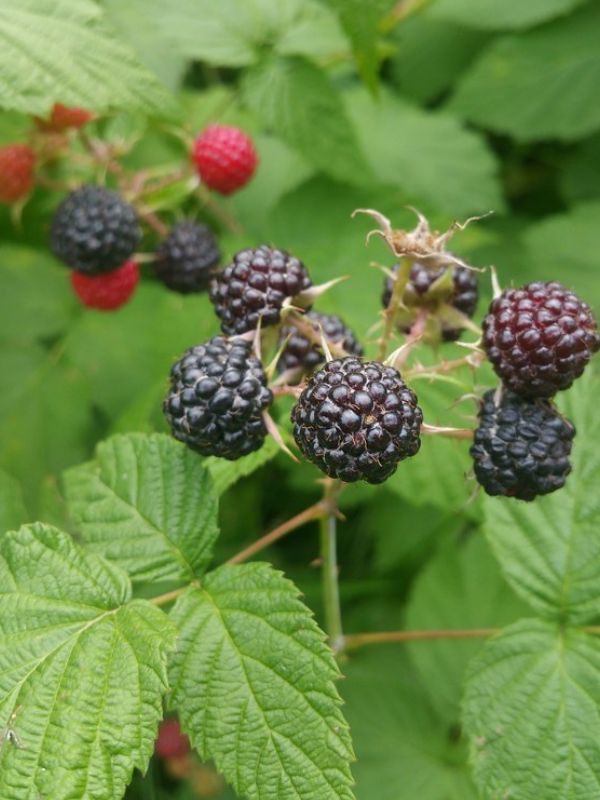
- Harvesting
Black Raspberries will ripen in late Spring or Early Summer. The ‘berry’ picking season is about 2-3 weeks. Plants in sunnier locations will have berries ready for harvest earlier, while plants in shadier conditions will produce a bit later in the season.
To be efficient at picking raspberries, I use a small ‘lunch’ cooler with a strap. I drape the strap over my neck, and that way I can work with two hands. I am able to fill this container quite quickly depending on how heavy the canes are with berries.
- Preserving
The best way to preserve Black Raspberries is to freeze or dry them. But fruit can be canned, or preserved as a jelly as well.
Freezing Black Raspberries
The best method of freezing Black Raspberries is to first freeze them (individually, not as a clump or mass) on a cookie sheet lined with wax paper, separated from one another. Then transfer the berries into a freezer bag or container, as that way the berries won’t freeze in a solid mass. Frozen Black Raspberries can last for a year or more.
Find Where to Buy the Best Black Raspberry (Rubus occidentalis)



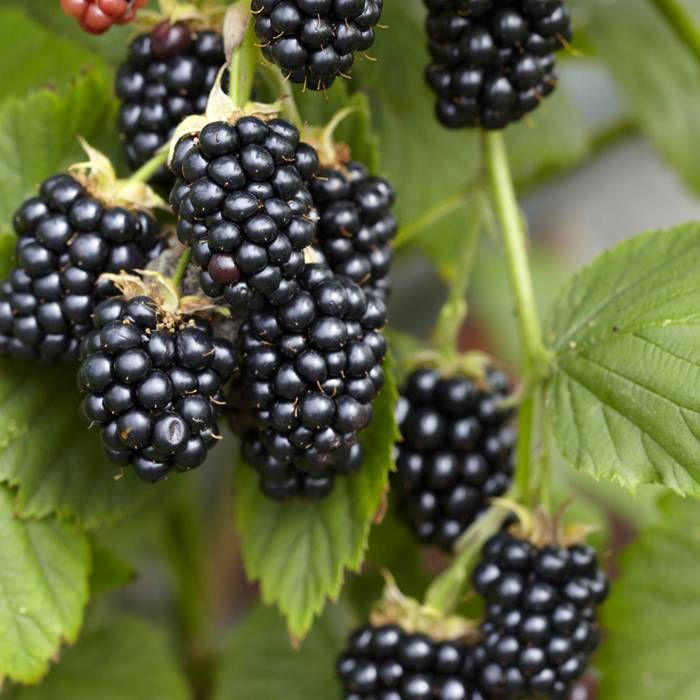






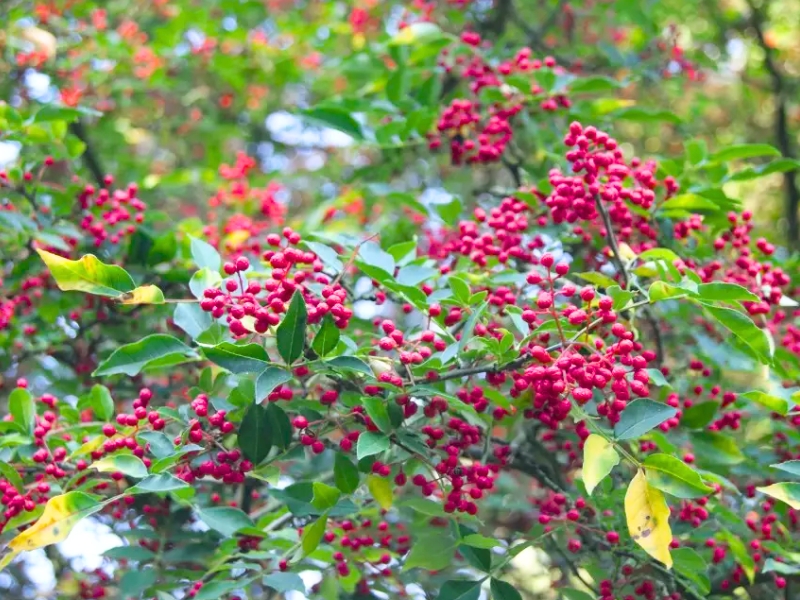
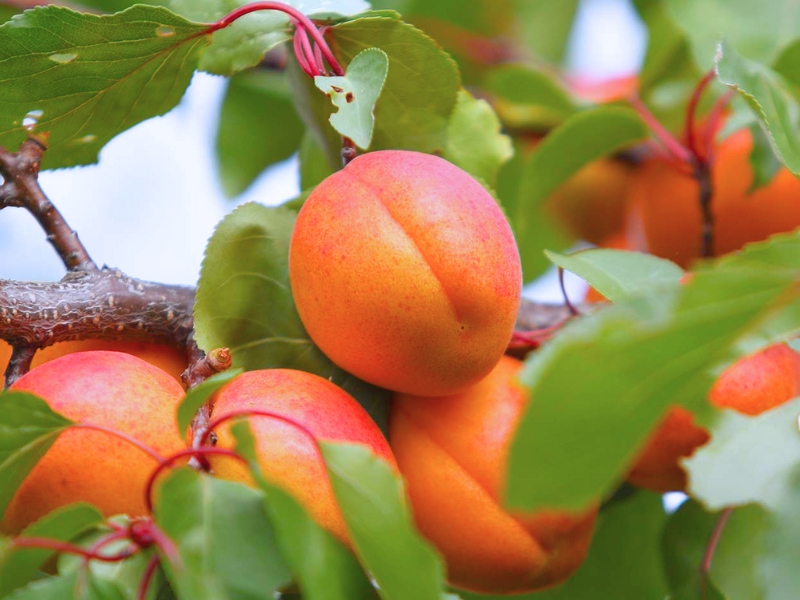
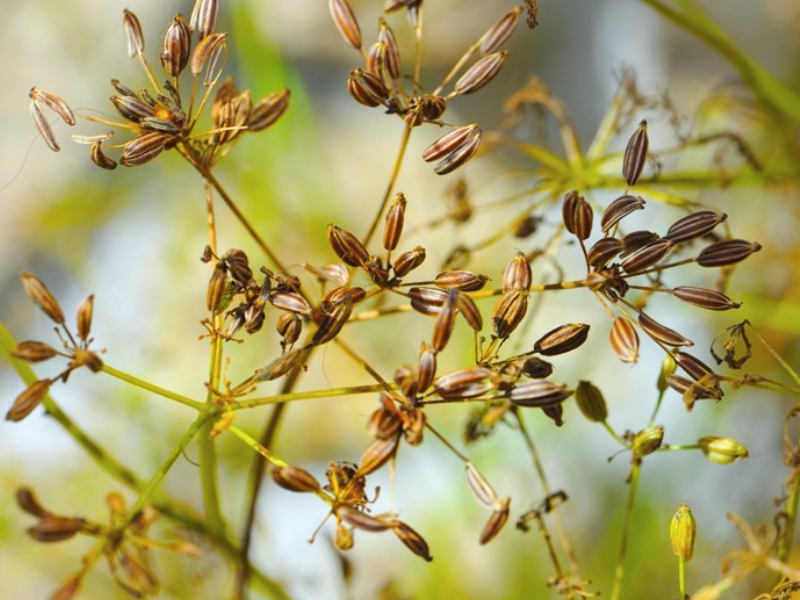
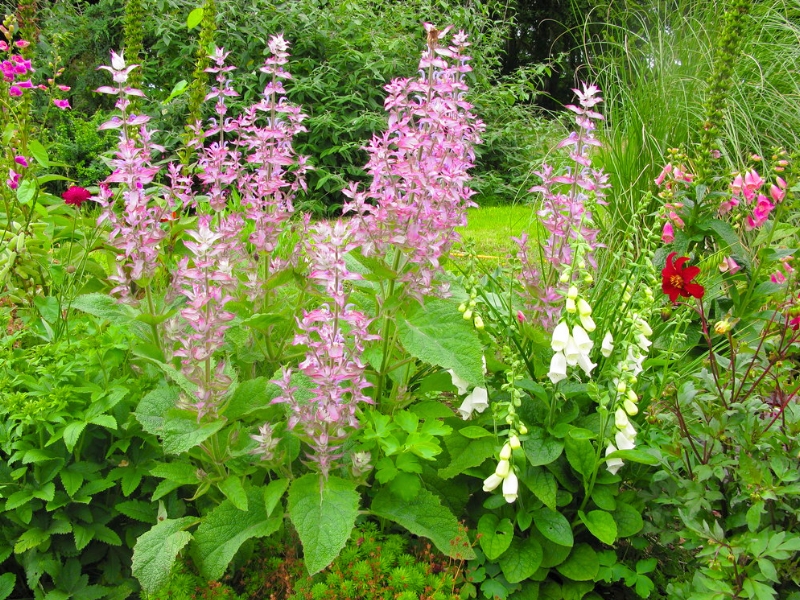
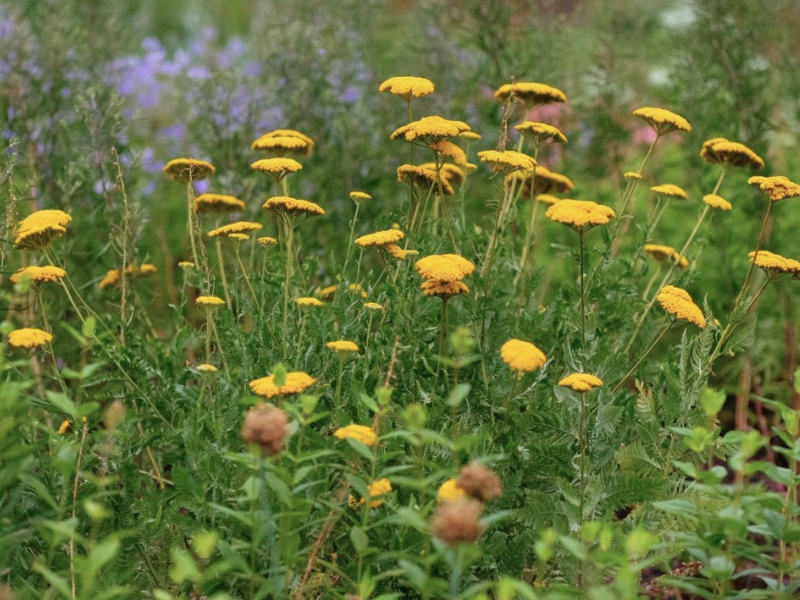
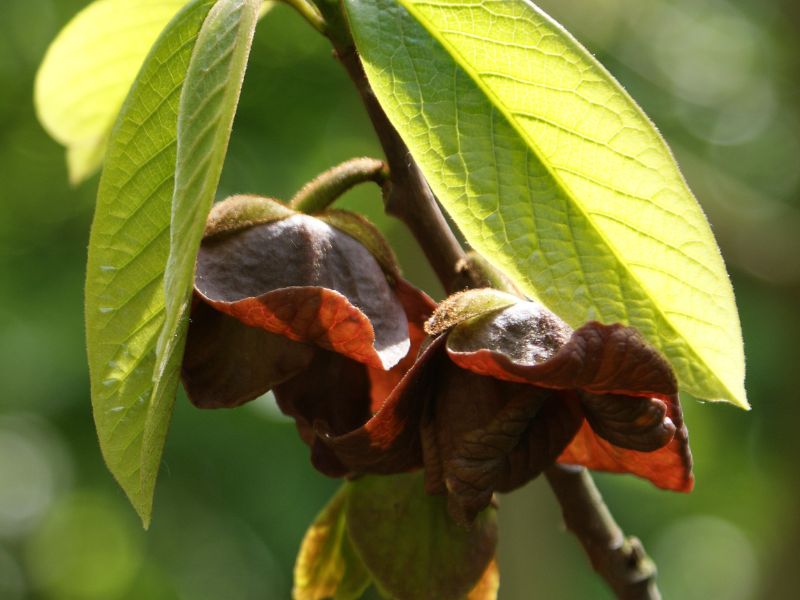
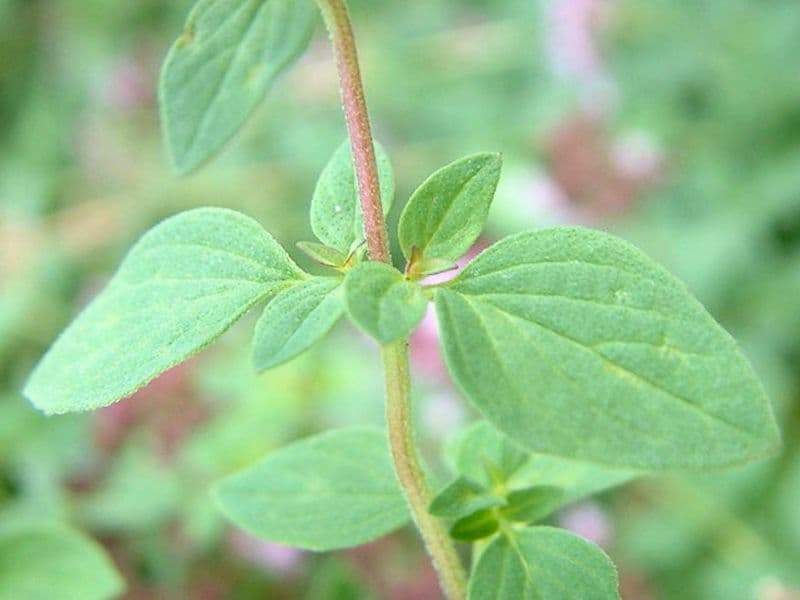
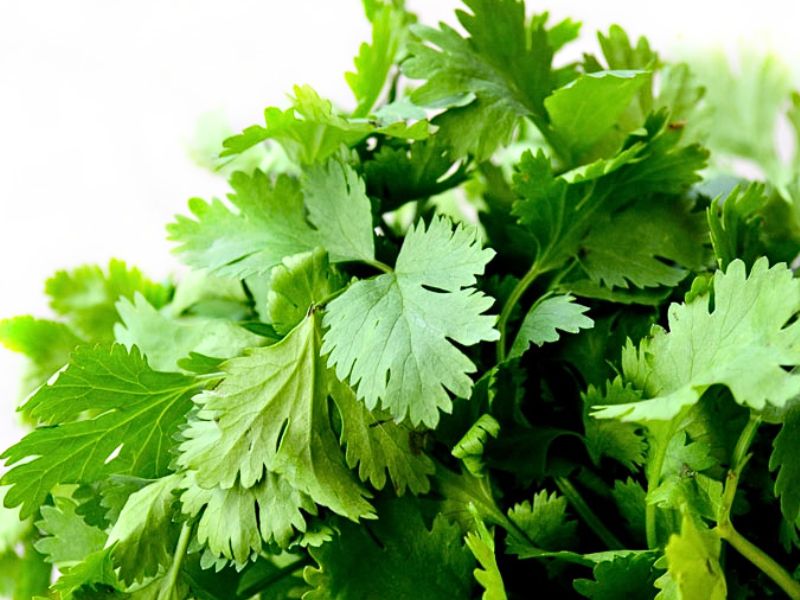
Leave a Reply